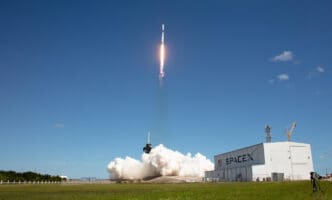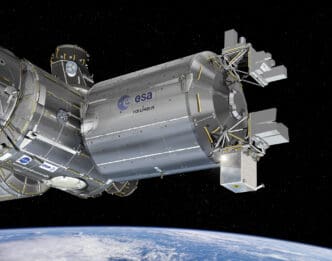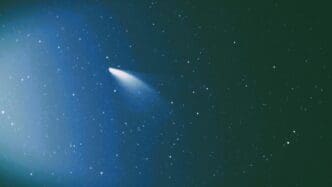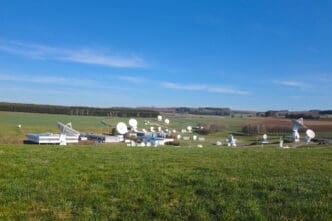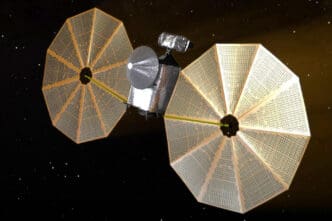An intense solar storm is approaching Earth, promising spectacular displays of auroras in more U.S. states than usual on Tuesday night. Recently, the Sun released large energy explosions known as coronal mass ejections, which prompted space weather meteorologists to issue a geomagnetic storm alert.
The northern lights are expected to be visible in Alaska, Washington, Oregon, Montana, North Dakota, South Dakota, Minnesota, Michigan, Wisconsin, Vermont, New Hampshire, and Maine. They may also be seen in parts of northern Idaho, Wyoming, Nebraska, Iowa, Illinois, New York, and Pennsylvania. The magnitude of the light show will depend on the interaction between Earth’s magnetic field and solar bursts.
The Sun is currently in the maximum phase of its 11-year activity cycle, resulting in more frequent and intense occurrences of these phenomena. Last spring, a powerful geomagnetic storm struck Earth, generating lights in the northern hemisphere. Recently, another solar storm unexpectedly lit up skies in places like Germany, the UK, New England, and New York.
Auroras are typically more common near the poles due to the interaction of charged solar particles with the Earth’s atmosphere. However, the shift in the solar cycle is allowing these lights to be visible further inland in the U.S. and Europe. This shift is caused by the movement of solar poles every 11 years, leading to significant magnetic disturbances.
Solar storms, in addition to offering visual spectacles, can disrupt radio communications and GPS. These phenomena have the potential to interrupt power grids and affect air traffic and satellite communication systems. Historically, they have caused extraordinary events, such as the sighting of auroras as far south as Hawaii in 1859, and the 1972 incident where a storm triggered sea mines in Vietnam.
For those wanting to enjoy the northern lights, it is recommended to consult forecasts available on the NOAA’s Space Weather Prediction Center website. Observing the phenomenon in areas away from urban lights, such as local or national parks, can enhance the experience. Mobile phone cameras can capture hints of auroras that are invisible to the naked eye.
Navigating the Consequences
The northern lights are not only an impressive visual spectacle, but they also reflect the influence of space weather on our planet. Increasing solar activity may have significant implications for technological infrastructure and services that rely on satellite communications and power grids. Temporary disruptions in these systems could impact daily life, from air navigation to the functioning of electronic devices.
Additionally, the rise in these light displays may boost astronomical tourism in areas away from cities, benefiting local economies with visitors seeking dark, clear skies. At the same time, the general public may develop greater interest and understanding of astronomical phenomena, contributing to scientific education and heightened awareness of the changes that space weather can bring.



